How to Stay at a Hot Spring Inn—Experience Japan’s Unique Culture and Customs!
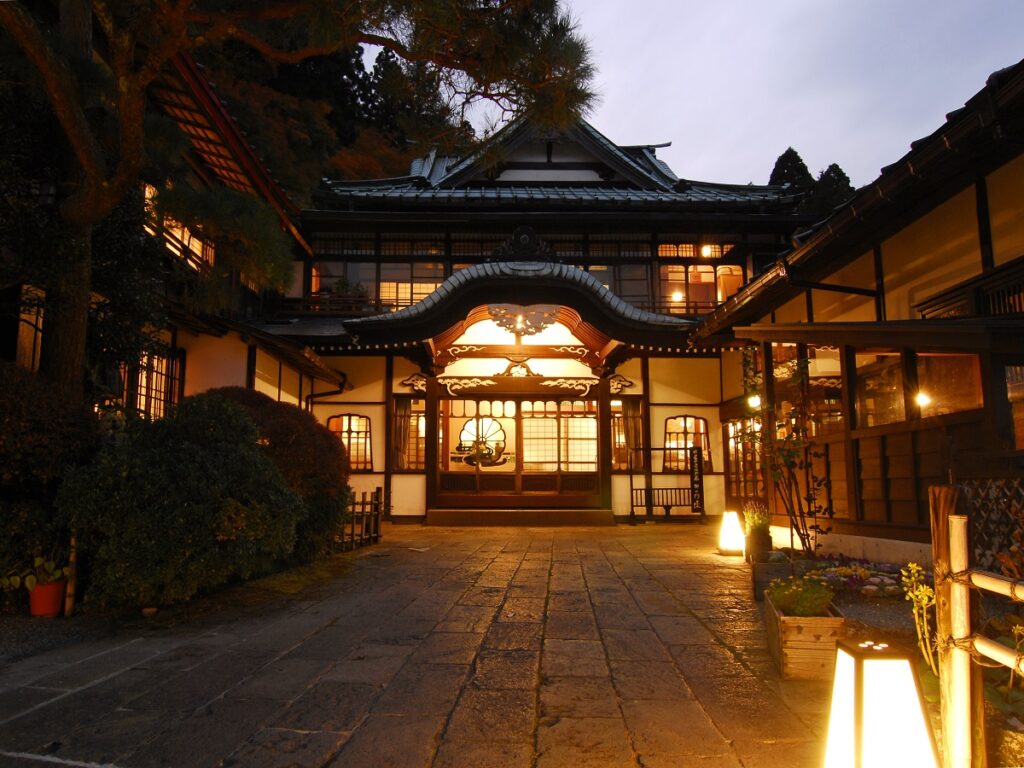
Among Japan’s many hospitable accommodations, hot spring inns are particularly recommended.
Japan’s history of hot spring bathing dates back to 500 B.C., and about 1,300 years ago, inns were built for visitors staying in hot spring areas. Even today, famous hot spring resorts and tourist destinations like Hakone are home to retro-style Japanese inns and buildings full of charm, maintaining their lasting popularity.
Hot spring inns come in different types: hotels with mainly Western-style rooms, ryokan with traditional Japanese rooms, and small, homey guesthouses that also offer hot springs. Choose based on your preferences and purpose.
Immerse yourself in a natural setting, soak in a hot spring, and enjoy local seasonal cuisine. Staying in a tatami-floored room is a highlight of traveling in Japan. Experience the charm of hot spring inns, which offer a warm and simple hospitality distinct from hotel stays.
This time, we’ll introduce the features of hot spring inns.
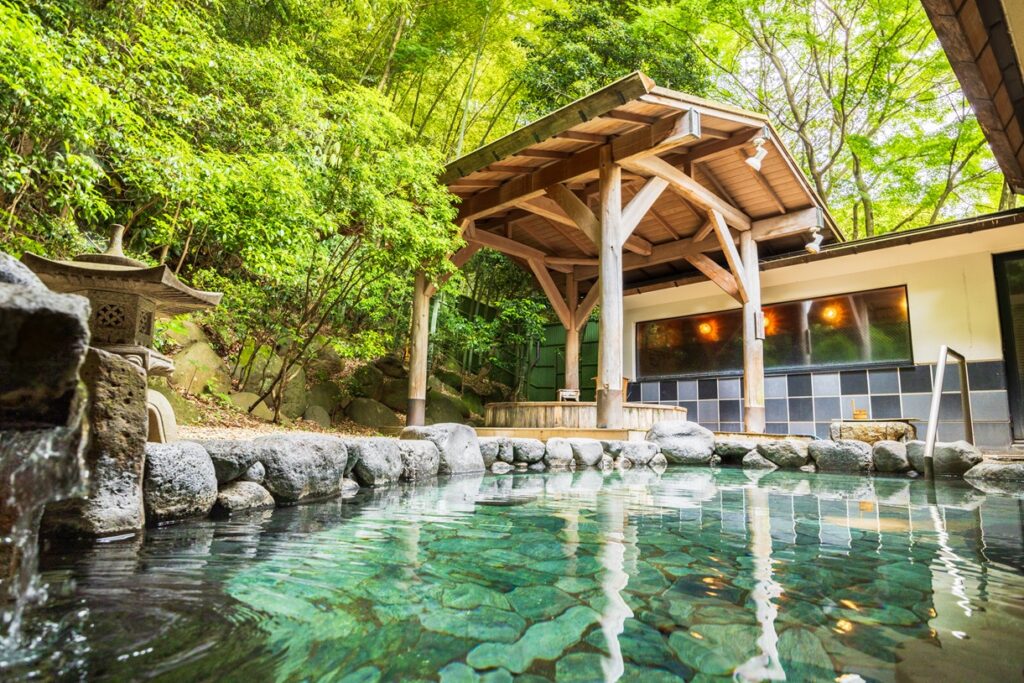
The defining feature of a hot spring inn is its natural hot spring within the facility. You can fully enjoy the natural spring water, which flows directly from the source, in indoor or open-air baths.
・Large communal baths: Spacious indoor baths, sometimes equipped with saunas.
・Open-air baths: Outdoor baths where you can soak while admiring the scenery and experiencing the breeze and the changing seasons.
The size of the baths varies depending on the scale of the inn.
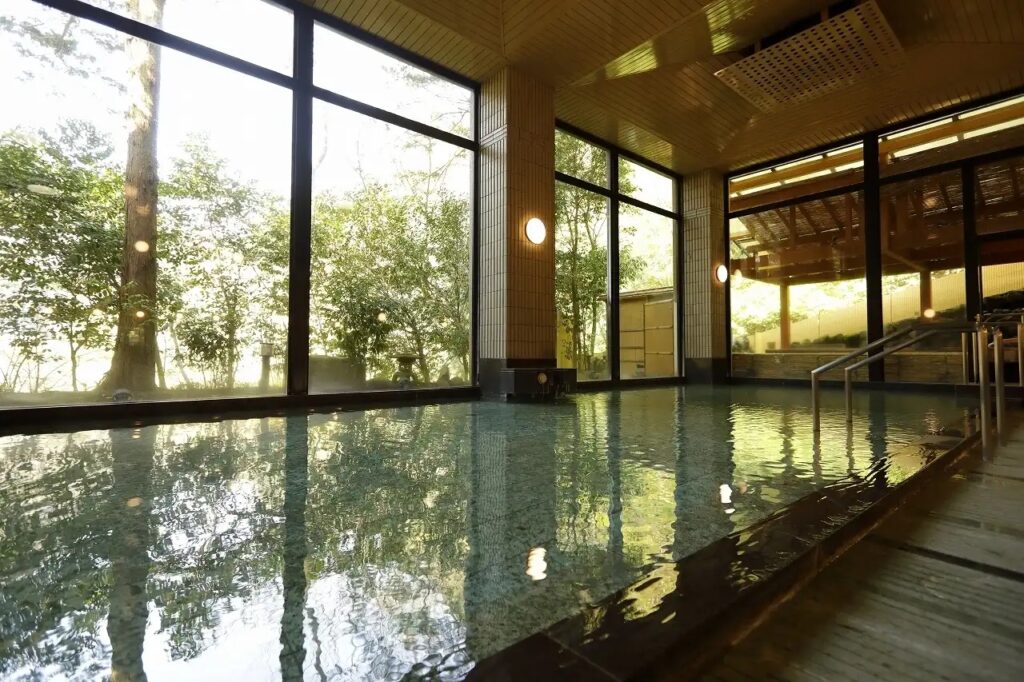
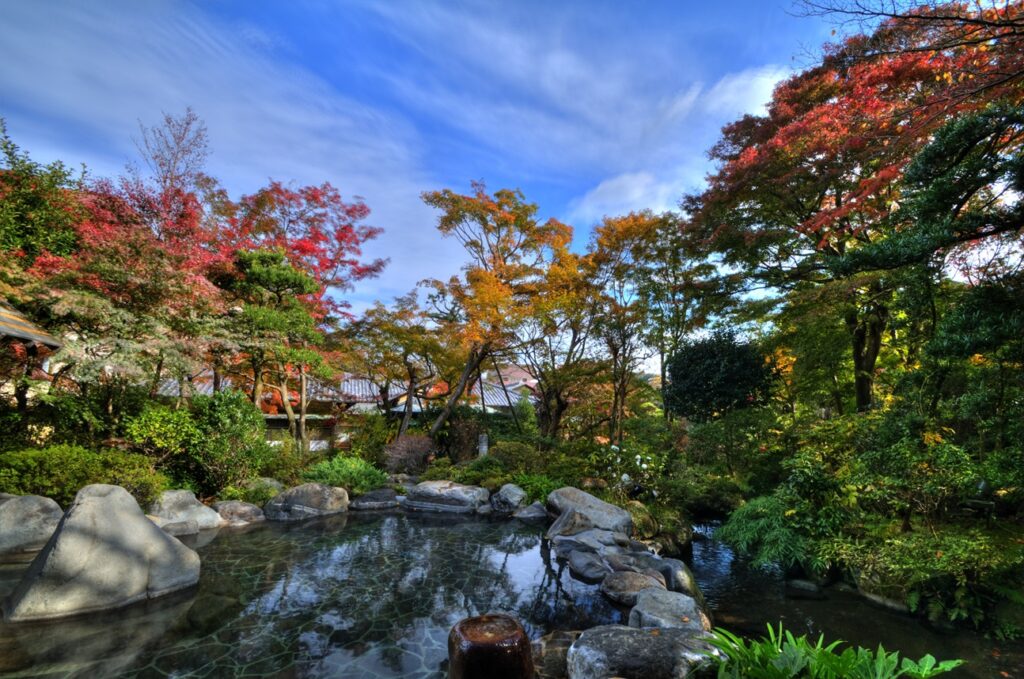
Bathing Etiquette
In Japan, hot springs are always entered nude, even in large communal baths. Covering yourself with a towel in the bath is not allowed. Additionally, you must rinse your body with water or take a quick shower before entering the bath.
Since the main attraction of hot spring inns is their communal or open-air baths, many guest rooms do not have private bathrooms or showers. However, some inns offer rooms with private open-air baths or have rental baths for a more private experience.
Private Baths and Rooms with Open-Air Baths
If you’re interested in a private bath, check the reservation process and fees when you check in.
Also, many hot spring inns do not allow guests with tattoos to use communal baths. If you have tattoos, consider booking a private bath or a room with an open-air bath, or check in advance whether tattoos (including temporary ones) are permitted.
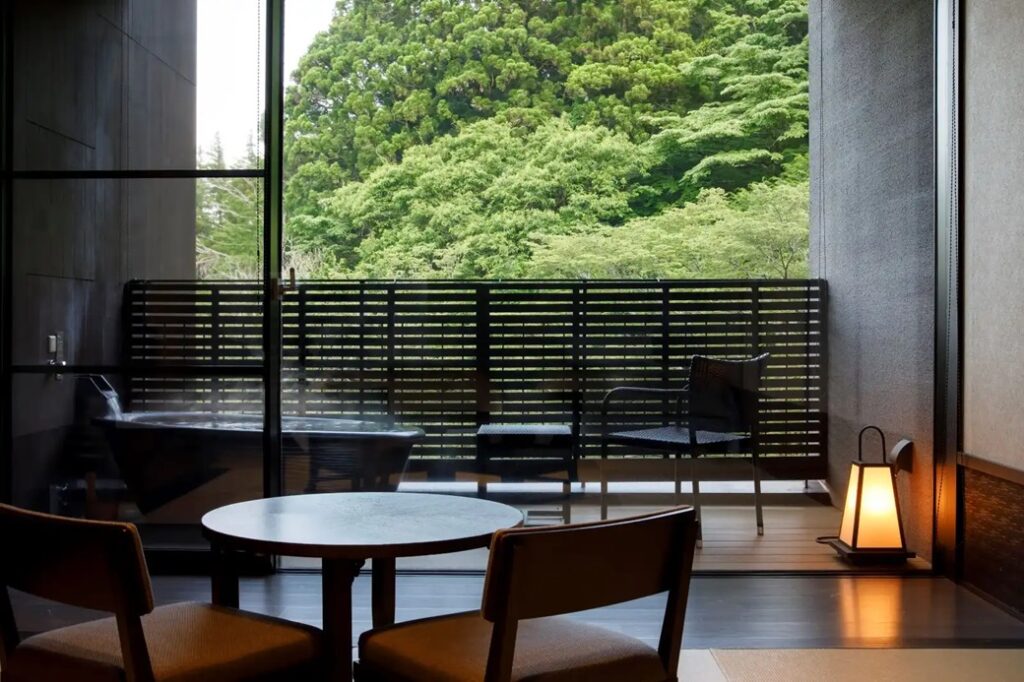
Room with an open-air bath
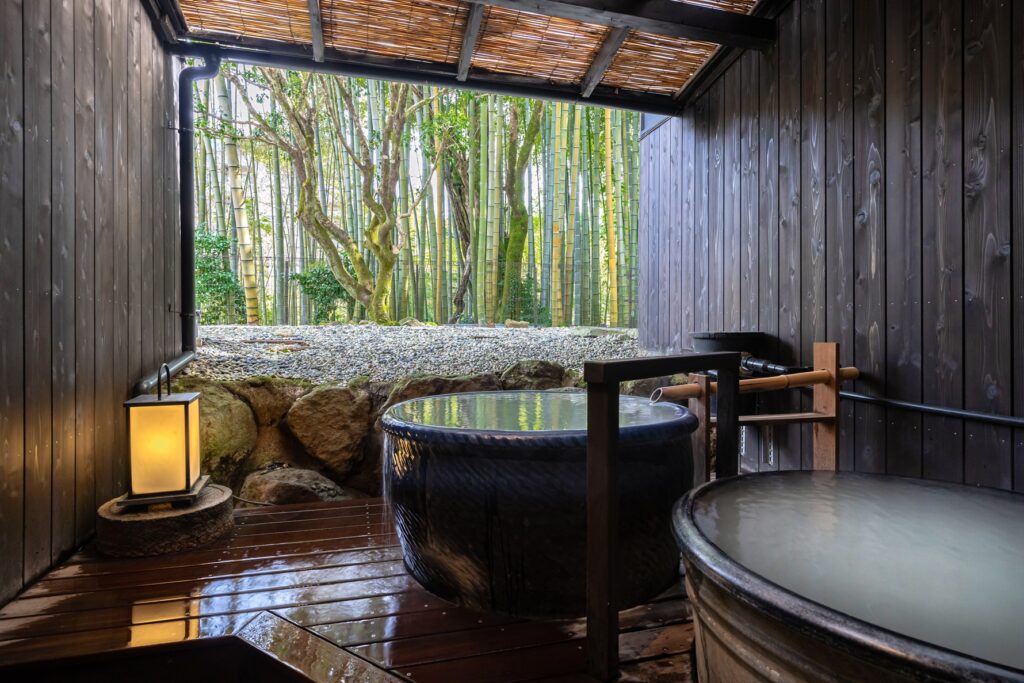
Private bath
Most hot spring inns feature Japanese-style rooms with tatami flooring. Some rooms may have wooden or laminated flooring, but the main attraction is staying in a tatami-floored space. Unlike wooden floors, tatami is gentle on the body and gives the room a warm, cozy feel. Many rooms have a tokonoma (alcove), where seasonal flowers or hanging scrolls with seasonal paintings are displayed. The tokonoma serves as a small gallery within the room, offering a glimpse into Japanese aesthetics.
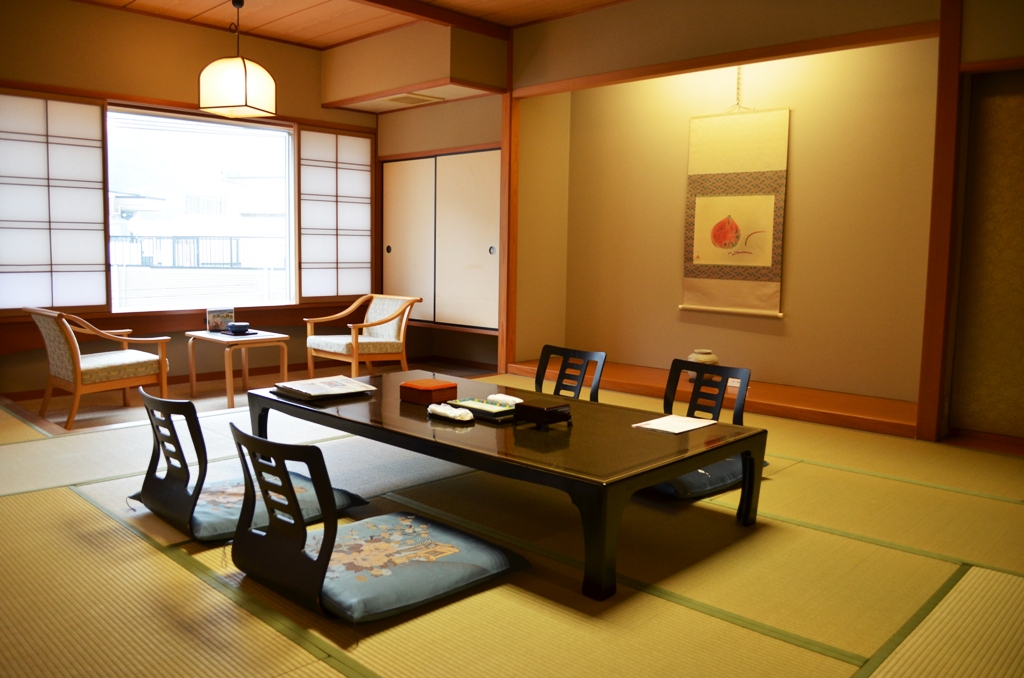
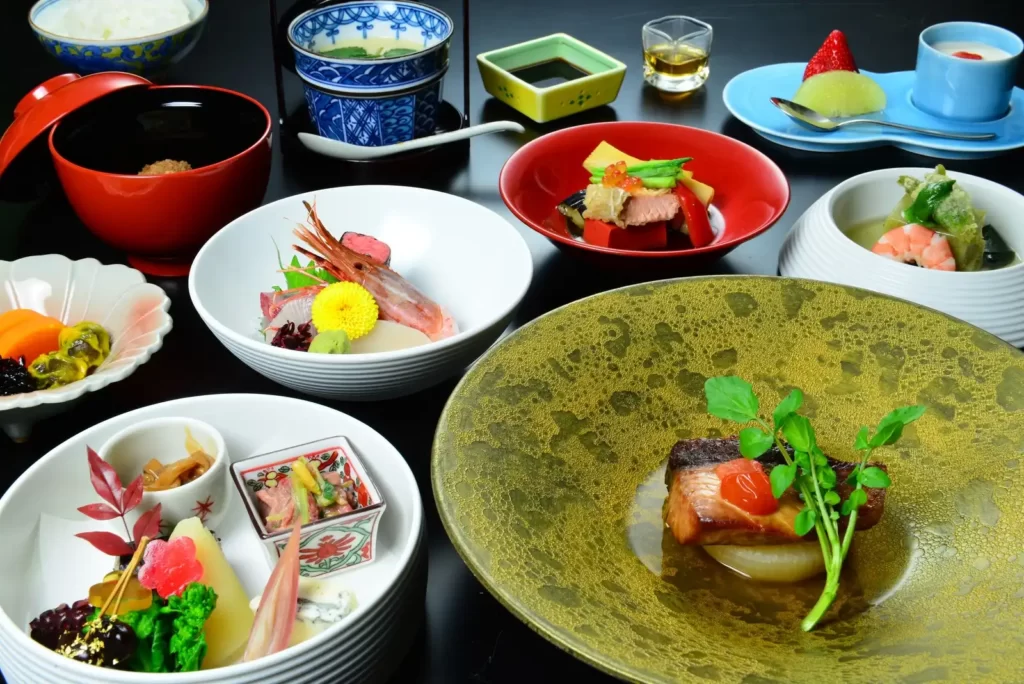
A standard stay at a Japanese hot spring inn includes one night with two meals, a unique feature of Japanese accommodations. Meals may be served in a designated dining area, a hotel restaurant, or a separate in-room dining space, offering anything from multi-course kaiseki meals using local ingredients to buffet-style dining. Some inns allow you to choose your meal time upon check-in, so be sure to confirm.
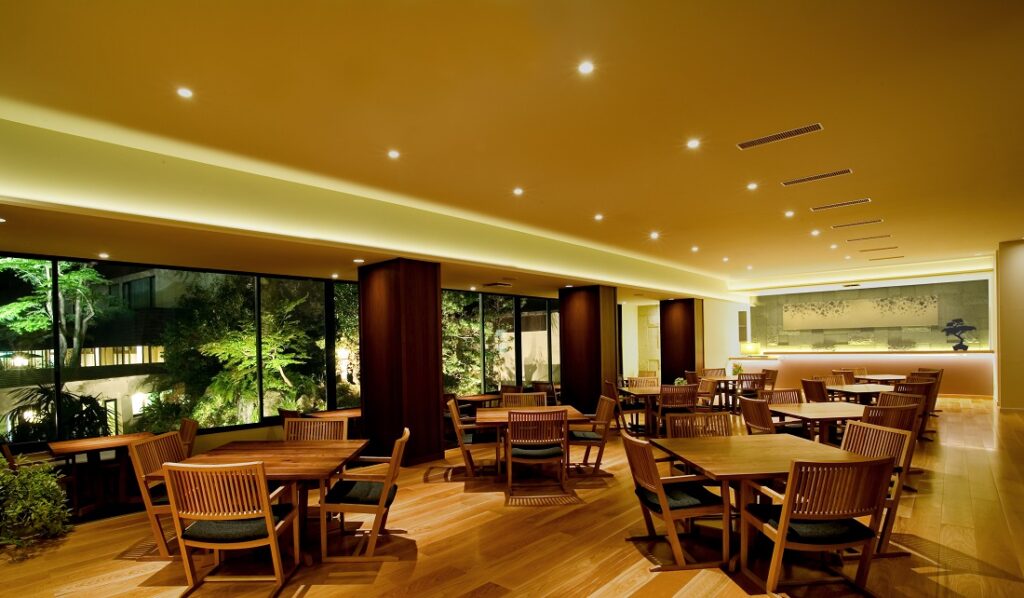
Dining area
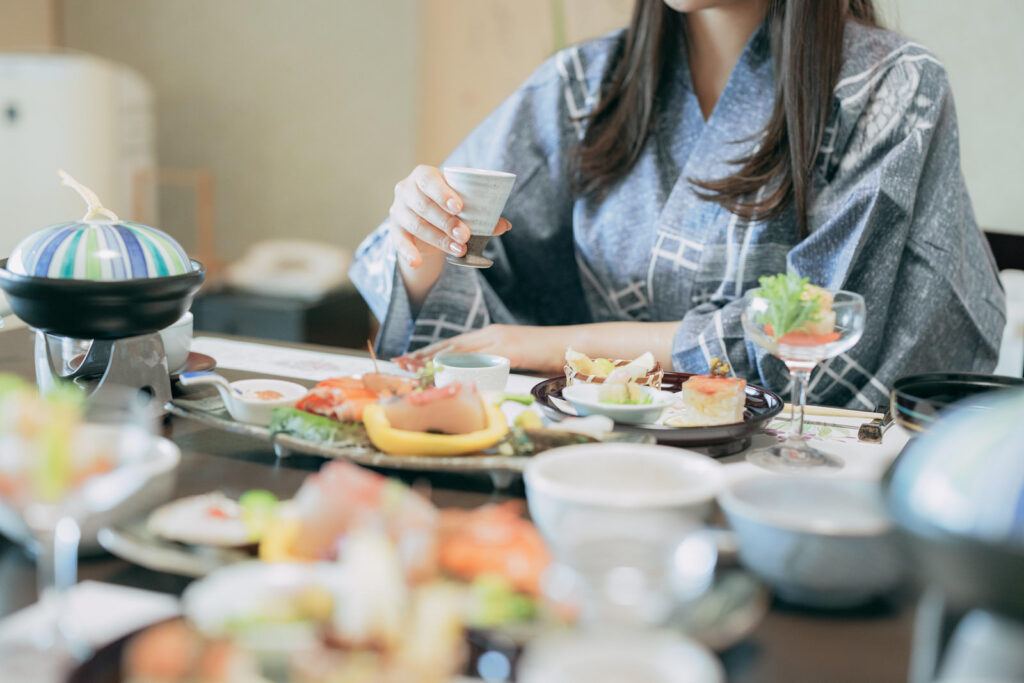
In-room dining space (image)
Although meal-free plans are available, if you’re staying in Hakone, research nearby restaurants in advance. Many are small establishments with early closing hours, and in some areas, there may be no restaurants within walking distance of your inn. If you have allergies or dietary restrictions (such as an aversion to raw fish or unusual ingredients), check with the inn when making your reservation.
If you want to experience staying in a Japanese-style room but prefer a bed, choose a room labeled "Japanese-Western style" for a tatami room with a comfortable bed.
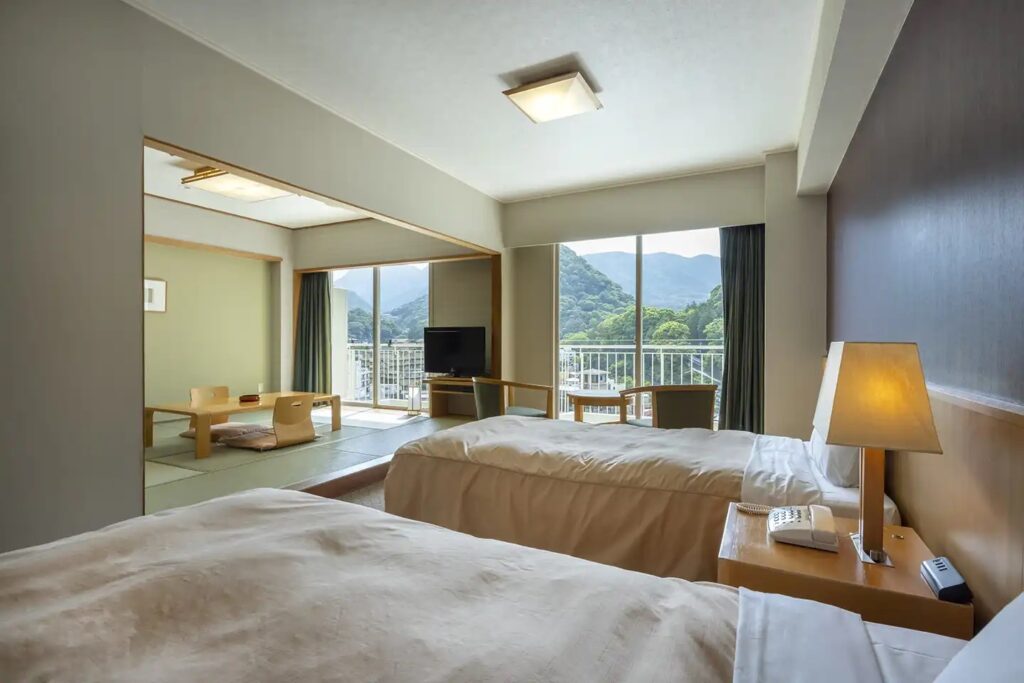
Sleeping on a futon in a tatami room is also a unique part of Japanese travel. Futons are stored in the room’s closet, but in most cases, inn staff will lay them out for you while you’re having dinner. At some inns, guests lay out their own futons, but staff will provide instructions. This can also be a fun experience.
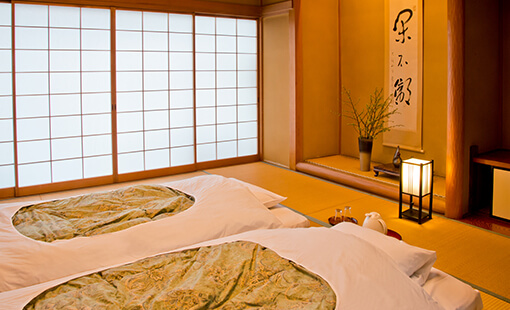
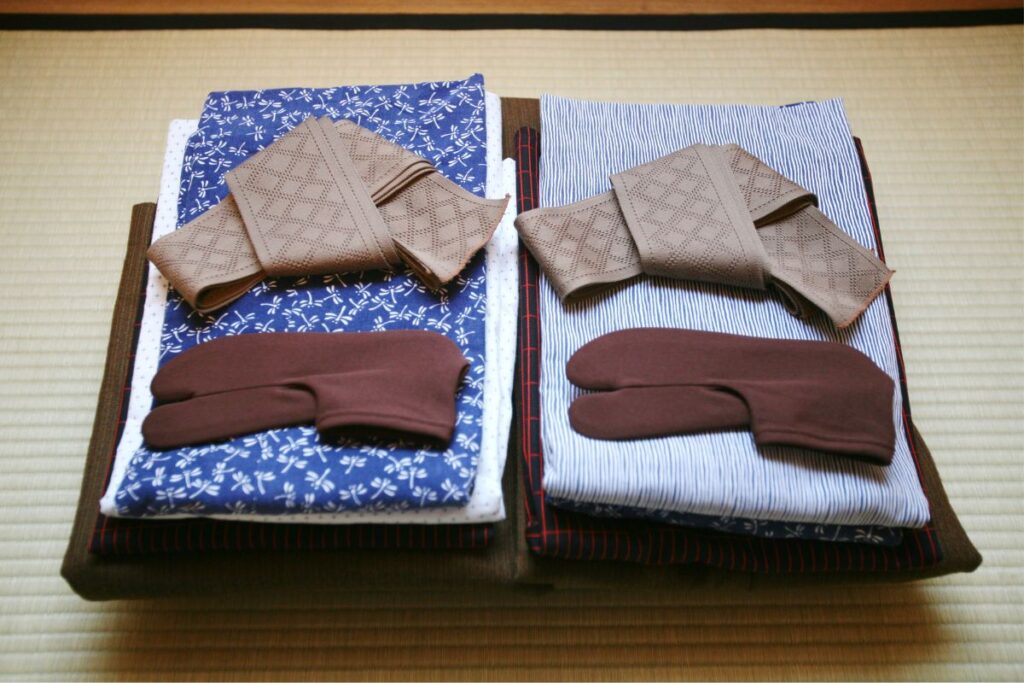
Each room comes with a yukata, which you can wear to the hot spring and after bathing. It’s also fine to wear it while relaxing in the inn, during meals, or even while sleeping. A yukata is essentially all-purpose attire within the inn.
However, at hotel-style hot spring inns, yukata may not be allowed in restaurants due to dress codes. If you are staying at a hotel-type hot spring inn, check their policy in advance.
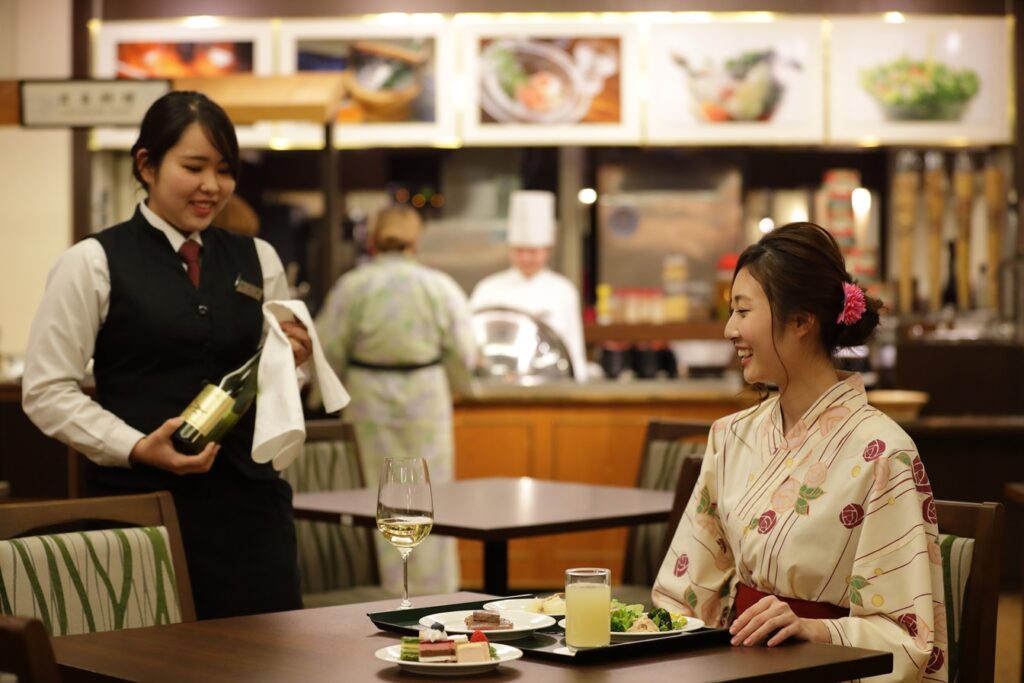
Slippers are provided in the entrance or room for use inside the inn.
Most inns have a small entrance space with wooden flooring before the tatami room, so take off your slippers before stepping onto the tatami.
If you want to step outside to the garden or go for a walk, some inns provide outdoor sandals.
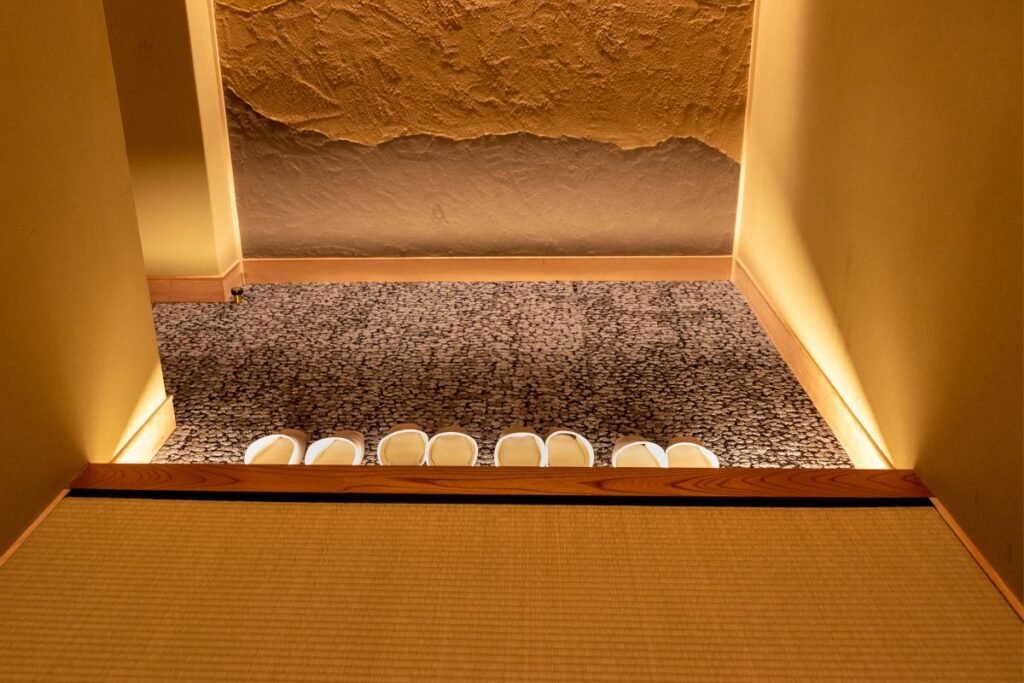
Most inns have a check-in time of 3:00 p.m. If dinner is included, it typically starts around 6:00 p.m., so aim to check in by 5:00 p.m. If you’ll be arriving later, contact the inn in advance. Some inns allow late check-in, but if you’re traveling by public transportation, be sure to check the last available train or bus time.


